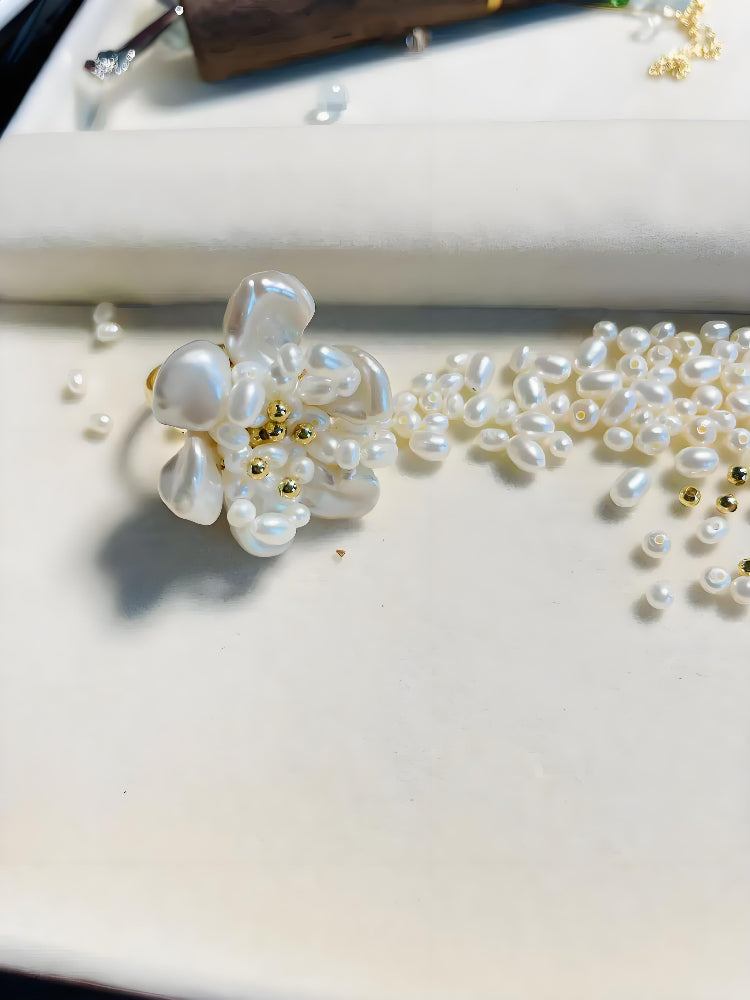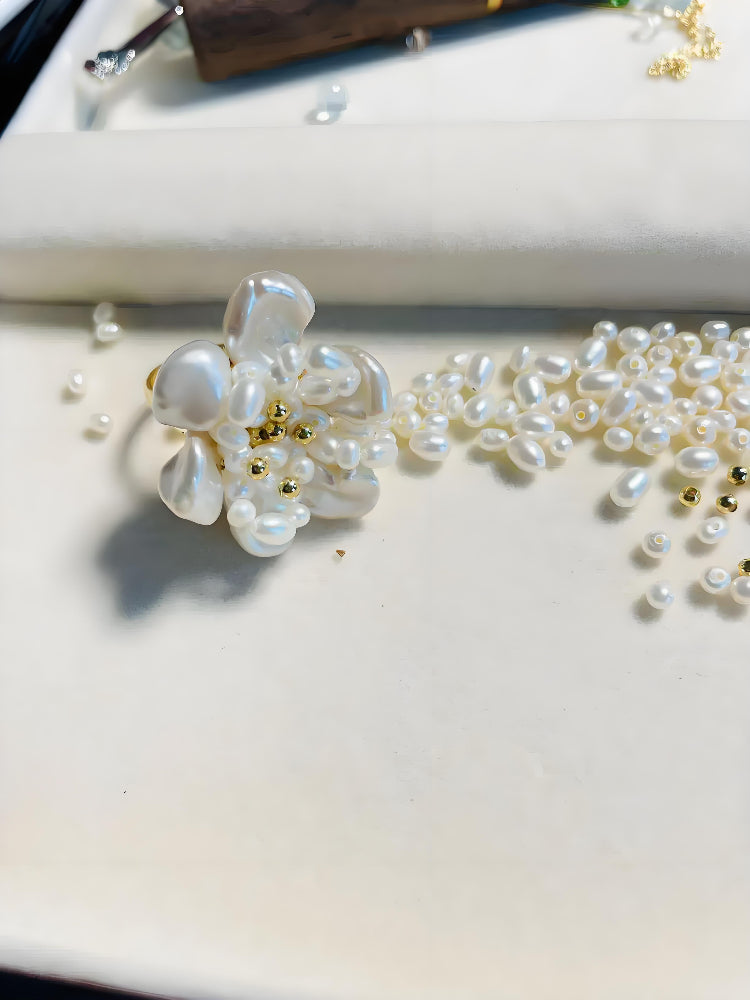The New Era of Natural Pearl Jewelry
Natural pearl jewelry has long symbolized elegance, rarity, and artisanal excellence. As consumers become more environmentally conscious, the jewelry industry is evolving to reflect new values—sustainability, ethical sourcing, and environmental responsibility. Today, the fusion of traditional pearl culturing methods with modern green technology is transforming the way natural pearl jewelry is produced.
Preserving Tradition: The Art of Culturing Natural Pearls
The foundation of natural pearl jewelry lies in time-honored techniques passed down through generations. These include:
- Manual grafting of mollusks to cultivate pearls naturally.
- Hand-polishing and stringing to preserve luster and minimize damage.
- Local artisanal designs that reflect cultural heritage.
These traditional methods ensure authenticity and maintain the exquisite craftsmanship that defines fine pearl jewelry.


The Role of Green Technology in Jewelry Production
To meet global sustainability goals, the natural pearl jewelry industry is adopting eco-friendly innovations, including:
1. Water Quality Management in Pearl Farms
Healthy mollusks require clean aquatic environments. Pearl farmers now use advanced filtration systems and natural bio-remediation methods to:
- Reduce water pollution
- Monitor pH and oxygen levels
- Prevent chemical runoff
This not only protects ecosystems but also enhances pearl quality.
2. Low-Carbon Manufacturing Processes
Modern pearl jewelry producers are investing in:
- Renewable energy sources like solar-powered workshops
- Low-emission transport logistics
- Minimal-waste production methods
By reducing carbon footprints, brands are creating a more ethical supply chain for natural pearl jewelry.
3. Resource Recycling and Upcycling
Innovations in recycling and upcycling materials are becoming mainstream:
- Reusing gold and silver for settings and clasps
- Utilizing discarded oyster shells for new designs
- Packaging with biodegradable materials
This shift helps reduce waste and promote a circular economy in the jewelry industry.
The Benefits of Integrating Tradition and Technology
By combining the heritage of pearl craftsmanship with cutting-edge sustainability practices, the natural pearl jewelry sector enjoys several key advantages:
- Improved product sustainability: Longer-lasting, eco-conscious designs
- Reduced environmental impact: Cleaner water, lower emissions, less waste
- Increased consumer trust: Transparency and responsibility resonate with buyers
Consumers are increasingly prioritizing brands that offer beautiful pieces without compromising the planet.
A Brighter Future for Natural Pearl Jewelry
As demand for ethical and sustainable products grows, the natural pearl jewelry industry is poised for a transformation. By honoring the past while embracing the future, jewelers can deliver pieces that are not only timeless in design but also aligned with global sustainability values.
Whether you're a conscious consumer or a jewelry enthusiast, choosing sustainable natural pearl jewelry means supporting both artisan heritage and environmental stewardship.





